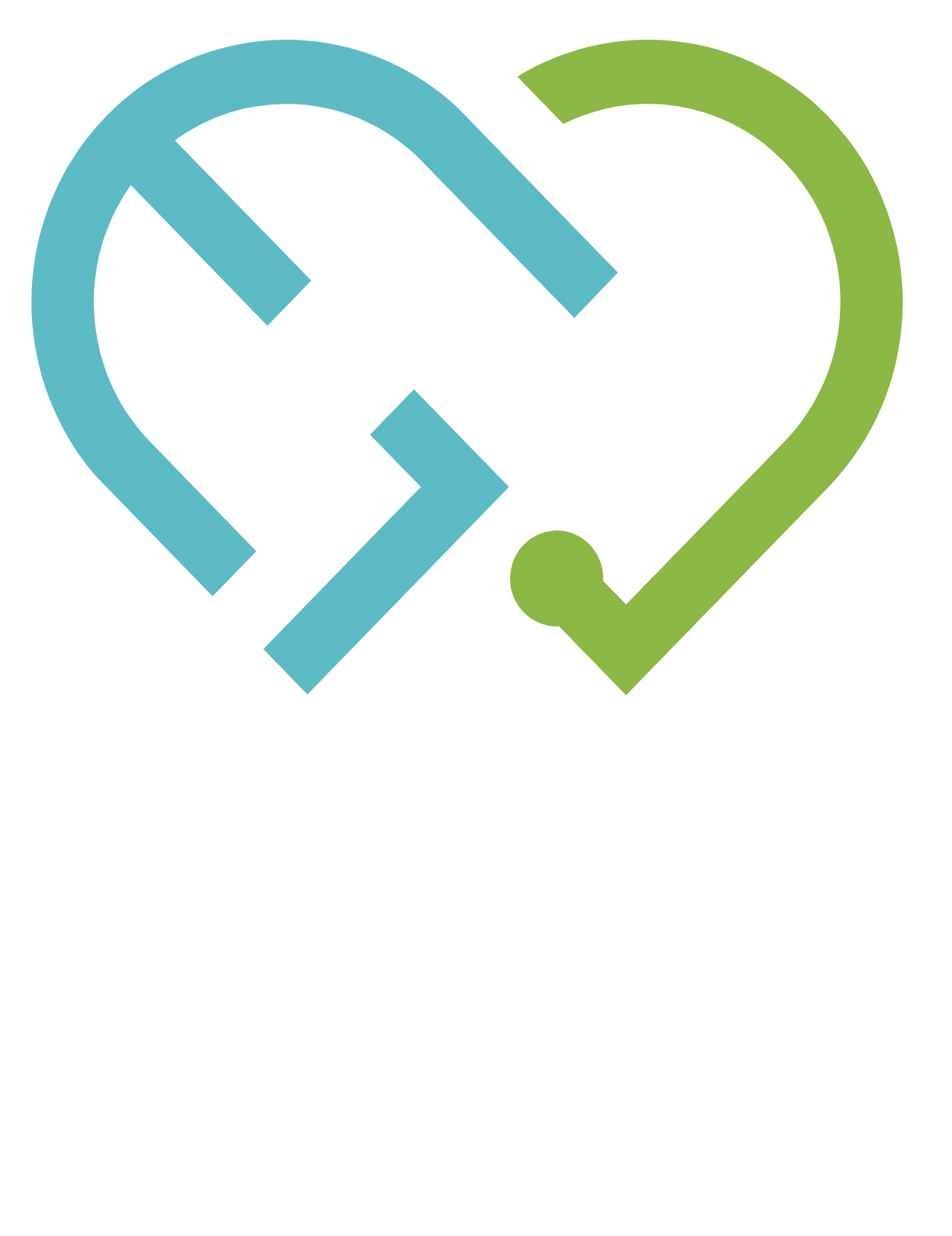Introduction:
In today’s fast-paced world, healthcare providers and patients alike are embracing innovative solutions that bridge the gap between in-person visits and continuous care. Remote Patient Monitoring (RPM) has emerged as a game-changing technology, leveraging digital health advancements to revolutionize the way we deliver and receive healthcare. In this blog post, we will explore the concept of RPM, its benefits, and its transformative impact on patient care and outcomes.
What is Remote Patient Monitoring (RPM)?
Remote Patient Monitoring refers to the use of connected devices, wearables, and digital health technologies to collect and transmit patient health data from outside of traditional healthcare settings. These devices monitor vital signs, symptoms, and other health indicators, enabling healthcare providers to remotely track and manage patients’ health conditions.
Enhancing Access and Convenience:
RPM brings healthcare right to patients’ fingertips, breaking down barriers of distance and time. Patients can now receive continuous care and monitoring from the comfort of their own homes, reducing the need for frequent visits to healthcare facilities. This is especially beneficial for individuals with chronic conditions or limited mobility, as it improves access to healthcare services and minimizes disruptions to daily life.
Proactive Care Management:
One of the key advantages of RPM is its ability to enable proactive care management. By remotely monitoring patient data in real-time, healthcare providers can identify early warning signs of potential health issues, allowing for timely intervention and preventive measures. This proactive approach can significantly reduce hospital readmissions, emergency room visits, and complications associated with chronic conditions.
Personalized and Individualized Care:
RPM enables healthcare providers to deliver personalized and individualized care plans based on real-time patient data. With access to comprehensive health information, providers can tailor treatment plans, medication adjustments, and lifestyle recommendations to each patient’s specific needs. This personalized approach fosters better patient engagement, adherence to treatment, and ultimately, improved health outcomes.
Improved Patient-Provider Communication:
RPM strengthens the patient-provider relationship by facilitating seamless communication and collaboration. Through secure messaging, virtual consultations, and remote monitoring alerts, patients can stay connected with their healthcare team, seek guidance, and receive timely feedback. This enhanced communication not only promotes patient empowerment and satisfaction but also ensures that healthcare providers are well-informed to make data-driven decisions.
Cost Savings and Efficient Resource Allocation:
By reducing the frequency of in-person visits and hospitalizations, RPM offers significant cost savings for both patients and healthcare systems. Patients can save on travel expenses and time away from work, while healthcare providers can optimize resource allocation and allocate their time and resources more efficiently. Additionally, RPM can help prevent complications and costly medical interventions by addressing health issues early on.
Conclusion:
Remote Patient Monitoring represents a transformative shift in healthcare delivery, harnessing the power of digital health to bring continuous care and monitoring directly to patients. Through enhanced access, proactive care management, personalized approaches, improved communication, and cost savings, RPM is paving the way for a future where healthcare is more patient-centered, efficient, and effective. Embracing this technology can lead to improved patient outcomes, better quality of life, and a healthcare system that is truly built around the needs of patients and providers alike.

